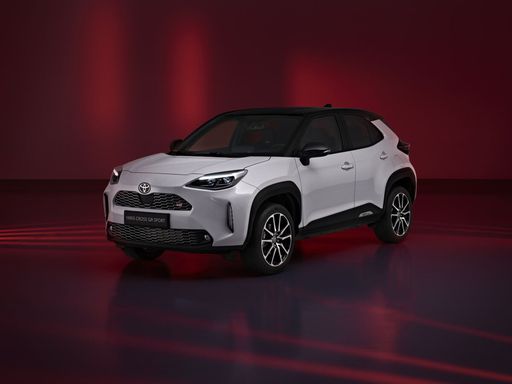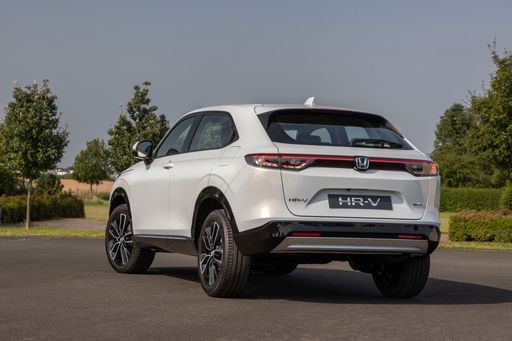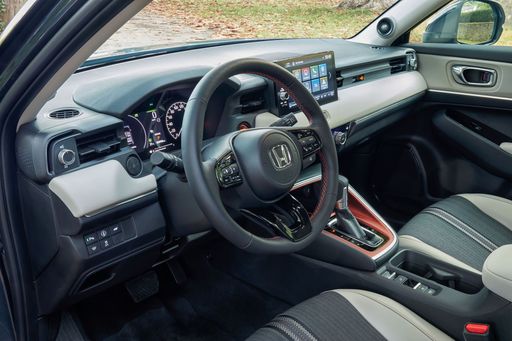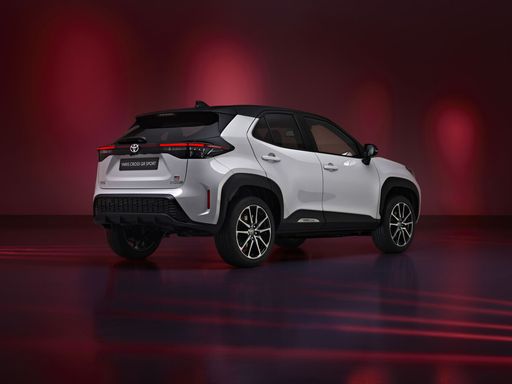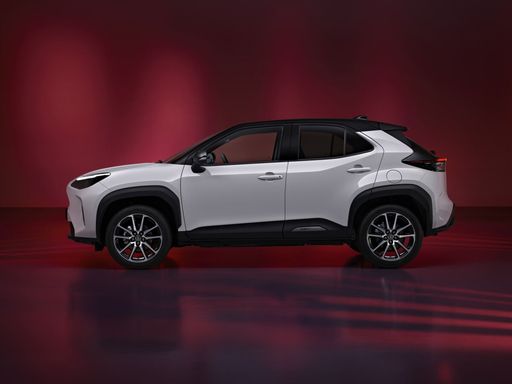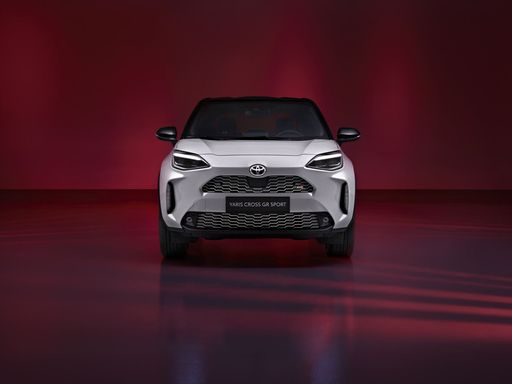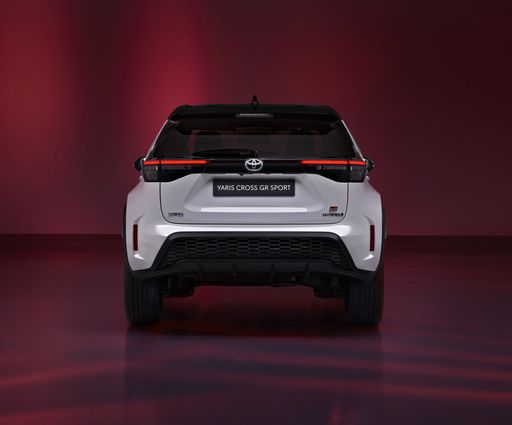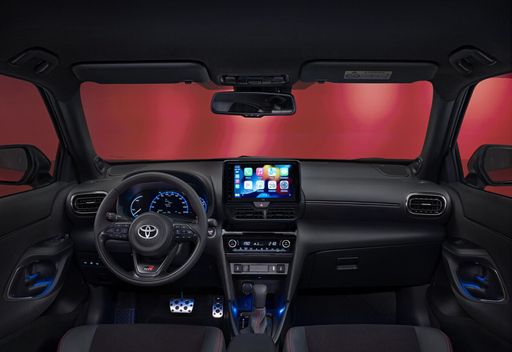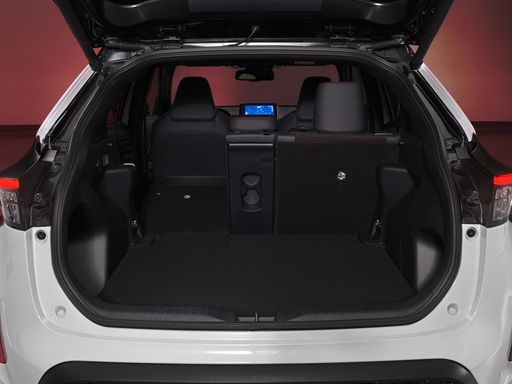Honda HR-V vs. Toyota Yaris Cross: A Comprehensive Comparison
With the ever-increasing demand for compact SUVs, car enthusiasts are often faced with the challenge of choosing between impressive models like the Honda HR-V and the Toyota Yaris Cross. Both vehicles offer innovative technologies, efficiency, and practicality, making them strong contenders in the segment. In this article, we’ll delve into various aspects of both models, comparing their performance, specifications, and innovative features.

